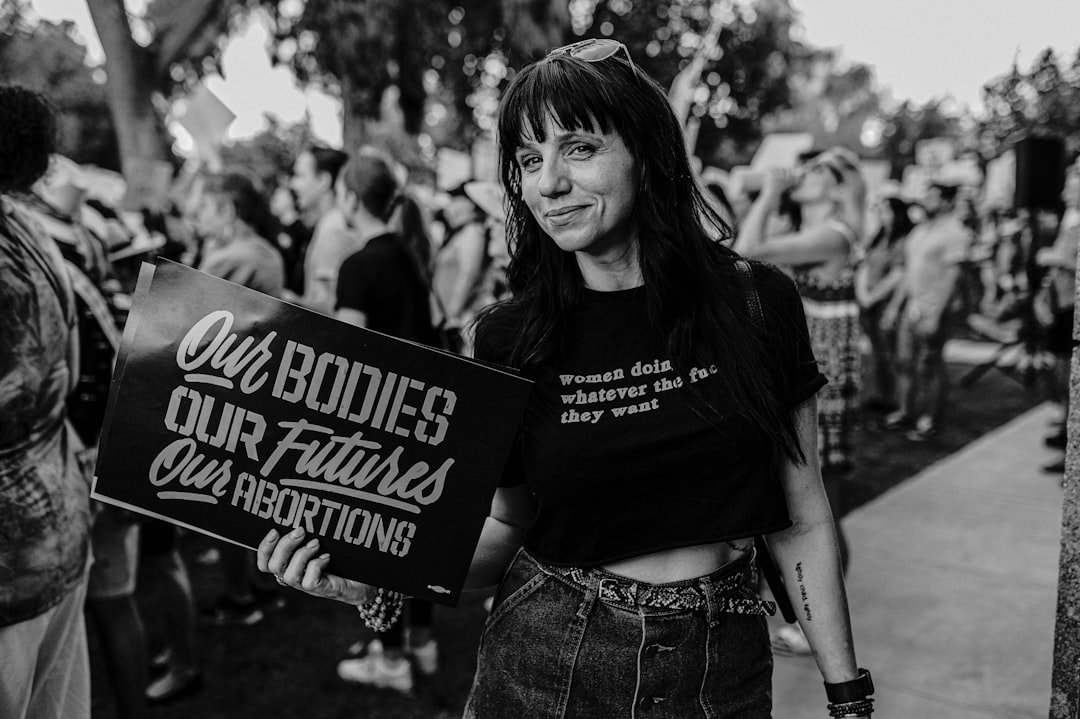A major change in the way climate issues are viewed and addressed has occurred in recent years as a result of the rise of youth climate change activism to the forefront of the global environmental discourse. An enthusiastic and driven group of young people who are becoming more conscious of the existential risks posed by climate change are the hallmarks of this movement. The actions of Swedish activist Greta Thunberg, who launched her lone school strike for climate action in August 2018, are largely responsible for the rise of this activism. Millions of students around the world were motivated to take part in what became known as “Fridays for Future” by Thunberg’s early success. This grassroots movement demonstrated the importance of taking immediate action to combat climate change as well as the strength of young voices in holding businesses and governments accountable.
Key Takeaways
- Youth climate change activism has been on the rise, with young people taking a leading role in advocating for environmental action.
- Youth-led climate change movements have made a significant impact, raising awareness and pushing for policy changes at local, national, and global levels.
- Social media has played a crucial role in amplifying youth climate change activism, allowing young activists to connect, organize, and spread their message to a wider audience.
- Youth climate change activists face challenges such as lack of resources, opposition from powerful interests, and mental health struggles due to the gravity of the issue.
- Youth-led solutions to climate change include innovative ideas, sustainable practices, and community-based initiatives that prioritize environmental stewardship.
- The voices of young people are essential in climate change discussions, as they bring fresh perspectives, urgency, and a long-term stake in the future of the planet.
- Inspiring examples of youth climate change activism include Greta Thunberg’s Fridays for Future movement and the Sunrise Movement’s advocacy for a Green New Deal.
- Adults can support and amplify youth climate change activism by providing mentorship, resources, and platforms for young activists to share their message and influence decision-makers.
Young people are now more aware of environmental issues as a result of the momentum created by Thunberg & her contemporaries. Youth now have platforms to organize, plan, and mobilize thanks to the emergence of groups like Sunrise Movement & Extinction Rebellion Youth. These organizations promote policies that deal with the underlying causes of climate change and stress the need for systemic change as opposed to merely incremental reforms. Youth activism is not just a response to climate change; rather, it is a reflection of a fundamental change in societal values, as younger generations are becoming more and more adamant about creating a sustainable future and less willing to accept the status quo.
Changing Public Conversations. In order to engage a variety of audiences & cultivate a sense of shared responsibility, young activists have expanded the appeal of their message by relating climate change to more general concerns like inequality, health, and human rights. Impacting Policy Deliberations. Local, national, and international policy debates have been impacted by youth movements. For instance, Fridays for Future’s Global Climate Strikes have drawn millions of participants from around the world, forcing governments to recognize the need for more aggressive climate policies.
concrete modifications to policy. In certain instances, such as when many nations and municipalities have declared climate emergencies, these movements have resulted in real policy changes. The American youth-led movement for the Green New Deal serves as an example of how young activists can influence legislative agendas by promoting all-encompassing policies that tackle economic inequality and climate change. Social media, which can be used as a platform for advocacy as well as an organizing tool, has been crucial in increasing youth climate change activism.
Social media sites like Instagram, TikTok, and Twitter have made it possible for young activists to connect with like-minded people worldwide & spread their messages widely. Because social media is viral, information can spread quickly, enabling campaigns to pick up steam practically immediately. For instance, hashtags like FridaysForFuture & ClimateStrike have evolved into catchphrases that bring supporters & activists together and foster a sense of camaraderie. Social media also gives activists a platform for storytelling and creative expression, which enables them to present their ideas in captivating ways. Videos and infographics are examples of visual content that can effectively convey intricate scientific information or firsthand accounts of the effects of climate change.
This method not only informs audiences but also arouses feelings in them that may motivate them to take action. Because a single post can reach millions of people, young activists are now better equipped to question conventional media narratives and hold powerful people responsible for their inaction on climate issues. The many obstacles that young climate change activists must overcome can impede their progress, even in the face of their achievements. The generational gap in political power structures is one major barrier.
Young activists frequently find themselves pushing for reform in structures that are controlled by more senior citizens who might not completely understand the gravity or ramifications of climate change. When policymakers disregard youth voices as inexperienced or naive or fail to prioritize climate action, this disconnect can cause frustration. In addition, young activists frequently face criticism from those who disagree with them or try to discredit them. This can take many different forms, such as attempts to undermine their motivations, disinformation campaigns, or online harassment.
Some activists may become burned out or disillusioned as a result of the significant emotional toll that such difficulties can take. Many young activists, who find strength in their communities and peer support, are unwavering in their resolve to fight for a sustainable future in spite of these obstacles. Along with increasing awareness of the problems caused by climate change, young activists are coming up with creative solutions that align with their vision for a sustainable future. Numerous young leaders support renewable energy projects, stressing the significance of switching from fossil fuels to sustainable substitutes like wind and solar energy.
Organizations like Youth Climate Leaders, for example, are dedicated to enabling youth to create initiatives that advance clean energy solutions in their local communities. Advocates for sustainable agricultural methods that put food security and environmental health first are also becoming more and more active among young activists. Community gardens and urban farming projects are examples of initiatives that not only alleviate food deserts but also enhance biodiversity and lower carbon emissions. Young activists show that they are more than just detractors of current structures; they can also effect positive change at the grassroots level by working on practical solutions.
Youth voices must be heard in conversations about climate change for a number of reasons. Above all, the effects of climate change will disproportionately affect young people if immediate action is not taken. In order to create policies that will impact both their own and future generations’ prospects, their viewpoints are crucial. Young activists can challenge decision-makers’ complacency by contributing new ideas and a sense of urgency to discussions at all levels, from town halls in their communities to international summits. Also, the connection between social justice and climate issues is frequently emphasized by young voices.
The disproportionate impact of environmental degradation and climate-related disasters on marginalized communities is a common theme among young activists. Youth activists help create a more comprehensive view of climate change as a complex issue that calls for inclusive solutions by promoting fair solutions that address these inequities. The effectiveness and influence of youth climate change activism are demonstrated globally by a number of motivational examples. One such instance is the case of Vanessa Nakate from Uganda, who attracted international notice after being left out of a group photo at the World Economic Forum in Davos with other well-known climate activists.
Instead of allowing this experience to silence her, Nakate took advantage of it to spread the word about how urgently Africa needs to address climate change. She started the Rise Up Movement to promote African perspectives in international climate talks & has since gained notoriety for drawing attention to how developing countries are disproportionately affected by climate change. The American Sunrise Movement, which has inspired thousands of youth to support the Green New Deal program, is another powerful example.
Sunrise has successfully engaged young voters in the electoral process and influenced political discourse surrounding climate policy through well-planned protests, lobbying, and grassroots organizing. Their initiatives show how well-organized youth activism can result in notable changes in public perception of climate issues and political priorities. By offering platforms, resources, and mentorship to help young voices be heard, adults play a critical role in bolstering and enhancing youth climate change activism. Actively listening to the issues and viewpoints of young activists without enforcing their own agendas is one useful way adults can get involved.
Open communication that results in cooperative solutions can be promoted by adults by creating an atmosphere where young people feel appreciated & respected. Also, adults can use their connections and power to support youth-led projects. Sharing content created by young people on social media or promoting laws that support the objectives of young activists could be two examples of this. Also, adults in positions of authority, like legislators, educators, or corporate executives, can provide chances for young people to participate in climate action decision-making. Adults can assist in bridging the gap between established systems and new voices dedicated to building a sustainable future by acknowledging the value of intergenerational cooperation.



